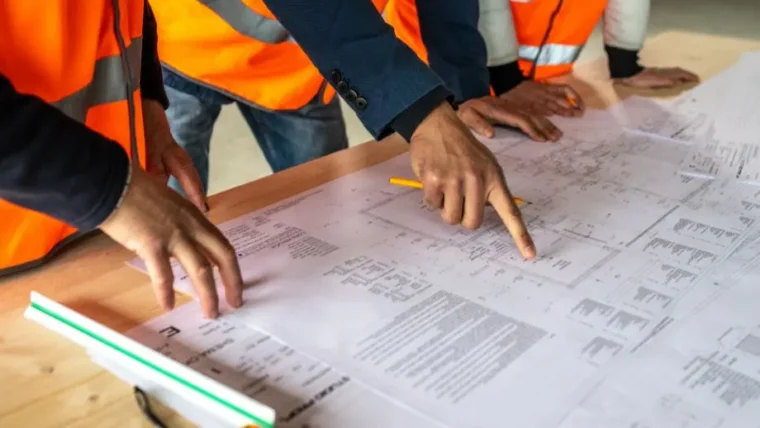In urbanised areas where surfaces have become sealed by pavements and buildings, the ground permeability becomes lost and water is unable to infiltrate. This loss of permeability and absorption of surface water has required the design and development of an alternative approach to drainage systems.
Urban Drainage Systems
The urbanisation of many natural areas has meant a drainage network is required to prevent flooding. Traditionally these drainage systems have been combined with sewer networks, made up of pipes and culverts. More recently, separate surface water systems have been implemented and these discharge directly to local watercourses. If misconnections occur between the systems then there can be severe environmental risks.
As the population continues to increase, so does the pressure on the drainage infrastructure. Deterioration of water quality can occur if surface water overwhelms the sewer systems and causes the release of foul water into rivers via Combined Sewer Overflows (CSO’s).
Water quality issues, due to urban area pollutants, e.g. run-off from heavily used roads or drains used as disposal routes, being washed into local rivers and groundwater, are also becoming an increasing problem. Groundwater is particularly difficult to clean up after it has been polluted and conventional separate drainage systems don’t have the capacity to properly control poor run-off quality.
What are SuDS?
Sustainable Urban Drainage Systems (SuDS) are a drainage solution, designed to provide an alternative or complementary system to direct channelling that uses a pipe and sewer network. Using a sequence of management techniques to decrease flow rate and improve water quality, SuDS aim to reduce surface water flooding by mimicking natural drainage.
Some of the key principles involved include:
- Source control – decreasing the volume of water that enters the network by intercepting the run-off water for re-use
- Retention systems – storage (e.g. wetlands and ponds) delay the discharge of surface water to sources
- Reducing pollution – using pre-treatment steps to remove the pollutants from surface water before they reach watercourses
- Infiltration systems – using structures such as soakaways and infiltration trenches, water is able to soak into the ground.
- Attenuate – slow water run-off down before it enters watercourses
The overarching principle of SuDS is that ‘surface water run-off should be managed for a maximum benefit’ (Susdrain.org).
Using a sequence of management techniques, sustainable drainage systems can help to contribute to sustainable development and they are considered to be beneficial to the surrounding environment causing minimal/no long term damage.
Do you think that SuDS sound like a good alternative to traditional drainage systems?
See next week’s blog about the ‘management train’ and how this concept is used to create an effective SuDS design.









